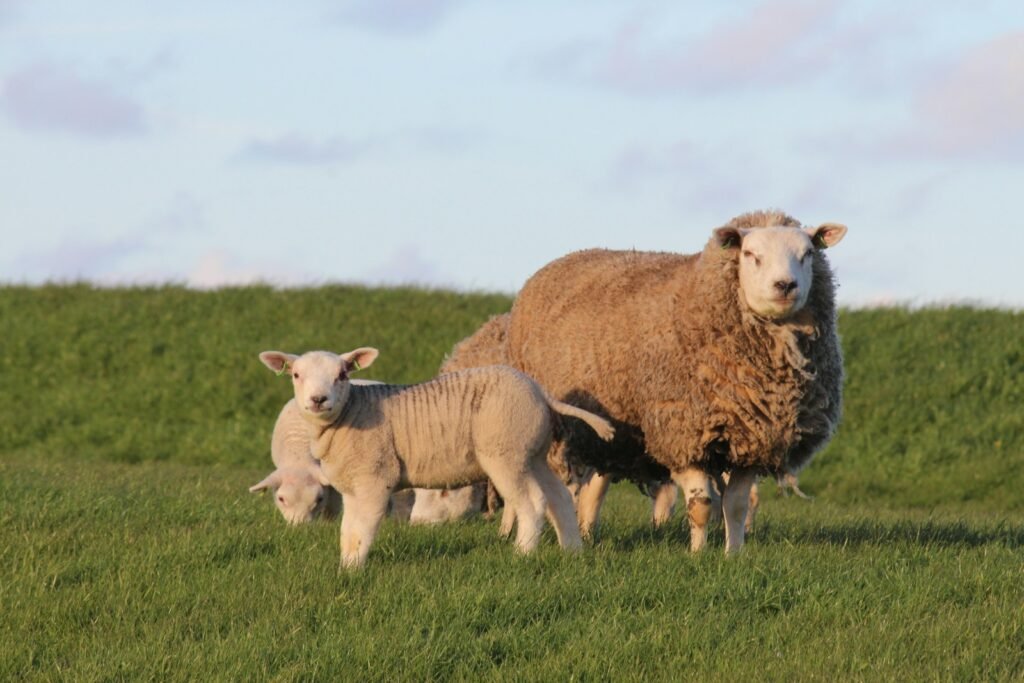The story of how livestock, particularly cattle and sheep, have shaped the land is a tale as old as civilization itself. Our ancestors began domesticating these animals thousands of years ago, and since then, their presence has left an indelible mark on the Earth’s landscapes. Imagine vast grasslands transformed by the grazing patterns of herds, or lush forests cleared to make way for pastures. These changes have not only altered the physical environment but have also impacted biodiversity and ecosystems in profound ways. The influence of livestock on the land is a dynamic interplay of human ingenuity and nature’s resilience, a relationship that continues to evolve today.
The Dawn of Domestication
The domestication of cattle and sheep marked a pivotal point in human history, leading to the development of agriculture and permanent settlements. Around 10,000 years ago, early humans began to tame these animals, using them as sources of food, clothing, and labor. This shift from a nomadic lifestyle to agriculture allowed humans to exert more control over their environment. The land started to reflect the needs of its new inhabitants, with fields cleared for grazing and crops, irrevocably altering the natural habitats of many regions. This domestication process laid the groundwork for modern civilization, changing the landscape in ways that still resonate today.
Grazing Patterns and Land Transformation
The grazing patterns of cattle and sheep have a significant impact on the land. As these animals graze, they trim vegetation, which can lead to changes in the plant species composition of an area. Overgrazing, where animals eat plants faster than they can regrow, can strip the land of its vegetation, leading to soil erosion and desertification. However, when managed sustainably, grazing can also promote biodiversity by preventing the dominance of a single plant species. This delicate balance highlights the complex relationship between livestock and their environment, underscoring the importance of responsible land management.
The Role of Livestock in Ecosystem Services
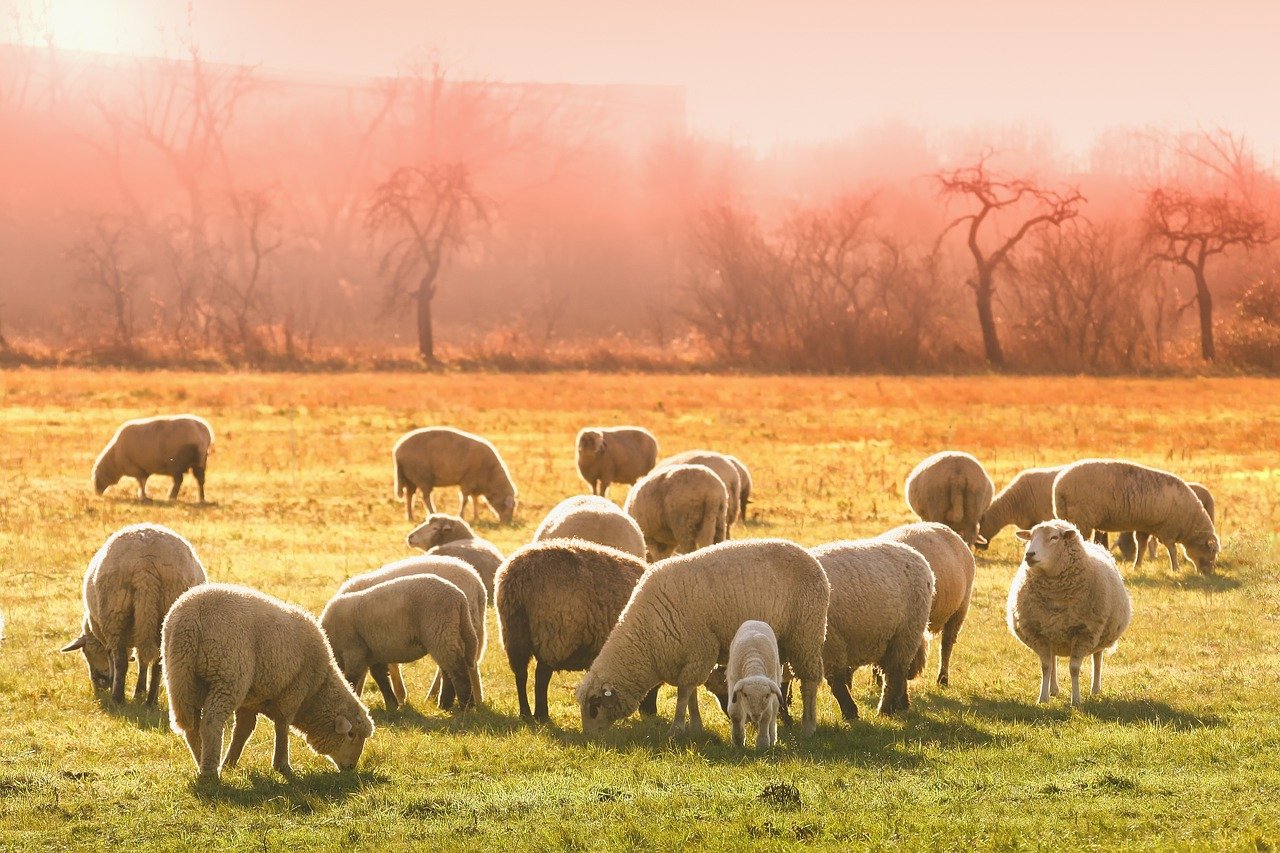
Livestock play a crucial role in providing ecosystem services, which are the benefits that humans receive from nature. These services include nutrient cycling, seed dispersal, and habitat maintenance. For instance, as cattle and sheep graze, they help recycle nutrients back into the soil through their waste. This natural fertilization process enriches the land and supports plant growth. Additionally, by trampling the ground, livestock can help to aerate the soil, promoting better water infiltration and reducing runoff. These contributions are vital for maintaining healthy ecosystems and ensuring the sustainability of agricultural practices.
Impact on Biodiversity
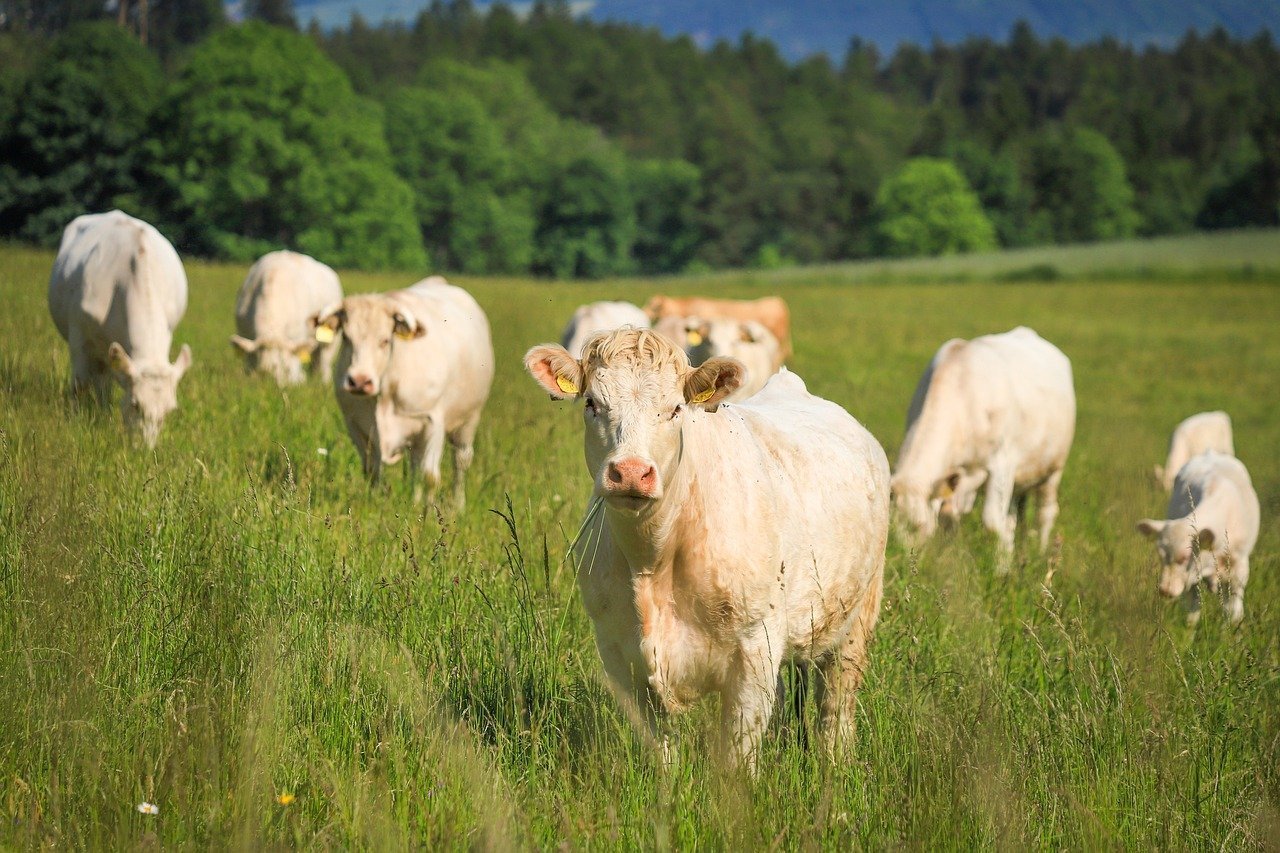
The presence of livestock can significantly impact local biodiversity. While grazing can help maintain certain habitats, such as grasslands, it can also threaten other ecosystems, particularly when livestock are introduced to areas where they did not originally exist. Invasive grazing can lead to the decline of native plant species and the animals that depend on them. For example, in some regions, the introduction of cattle has led to the displacement of native herbivores, such as deer and antelope. This shift in the ecological balance can have cascading effects on the entire ecosystem, highlighting the need for careful management of livestock populations.
Deforestation and Habitat Loss
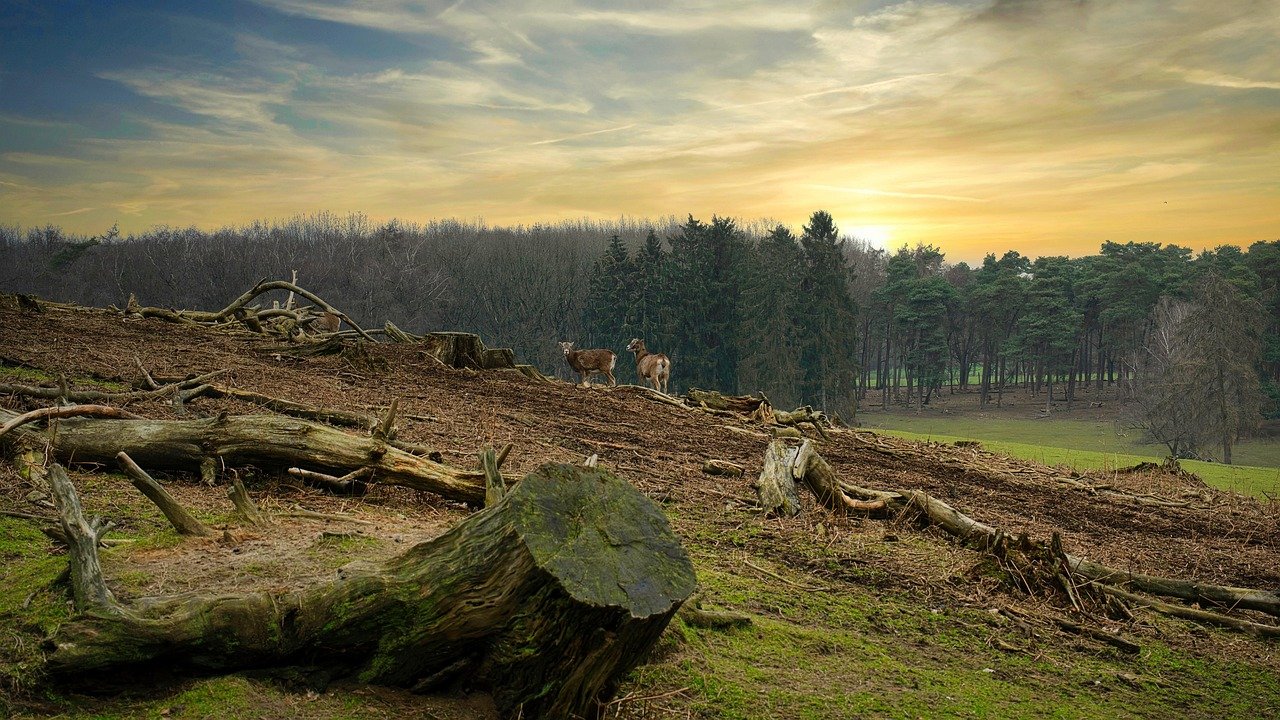
One of the most significant ways livestock have shaped the land is through deforestation and habitat loss. As demand for meat and dairy products has increased, so too has the need for pastureland. This has led to the clearing of vast areas of forest, particularly in regions like the Amazon rainforest. The loss of these critical habitats has had devastating effects on biodiversity, contributing to the decline of countless plant and animal species. The challenge lies in balancing the need for agricultural expansion with the preservation of vital ecosystems, a task that requires innovative solutions and global cooperation.
Climate Change and Greenhouse Gas Emissions
The livestock industry is a major contributor to greenhouse gas emissions, particularly methane, which is produced during the digestive processes of ruminant animals like cattle and sheep. Methane is a potent greenhouse gas, with a much greater impact on global warming than carbon dioxide over the short term. The expansion of pastureland also contributes to climate change through deforestation, which releases stored carbon into the atmosphere. Addressing these issues is critical for mitigating the impacts of climate change, and requires a concerted effort to improve livestock management practices and reduce emissions.
Sustainable Livestock Management
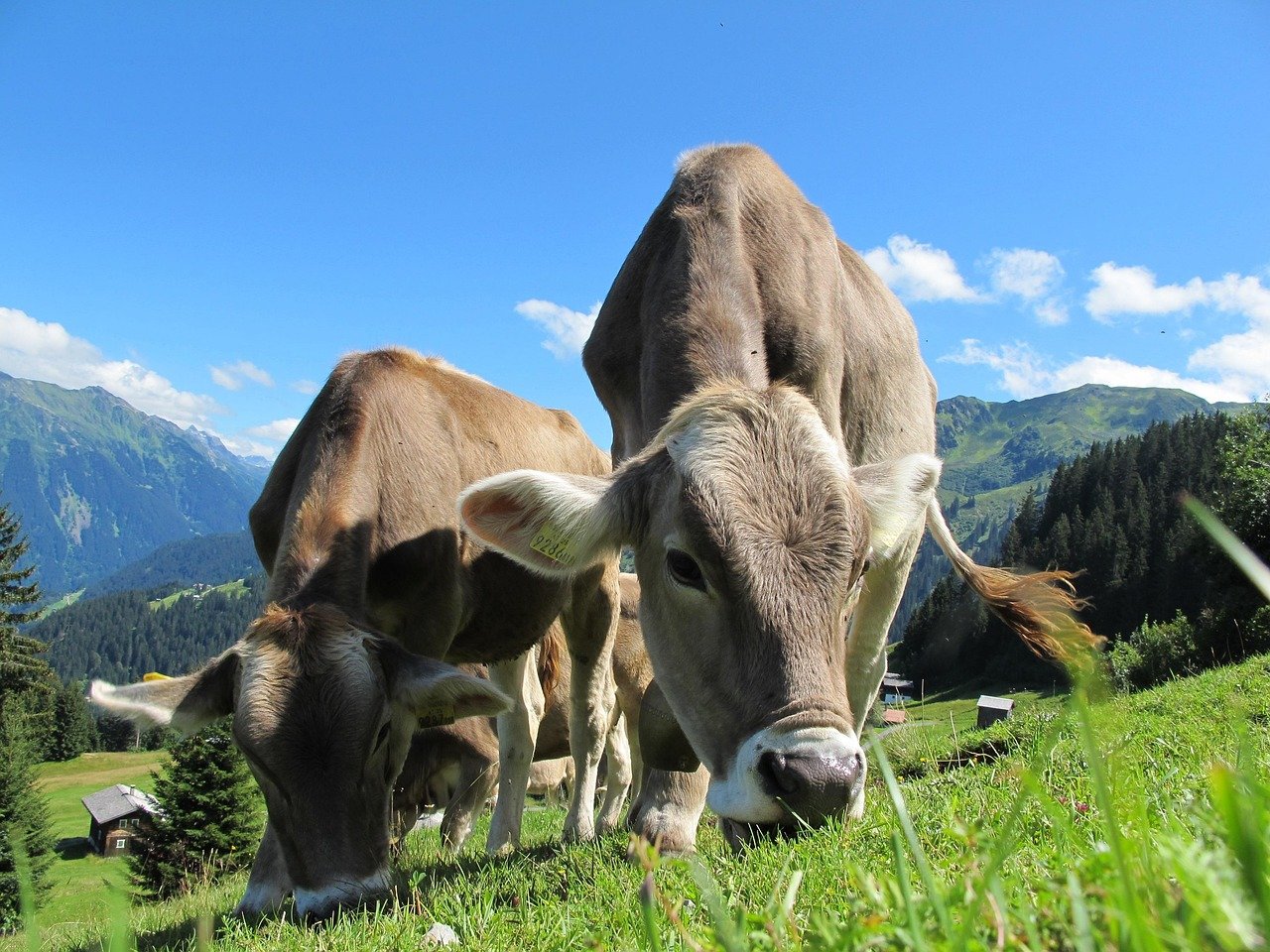
Sustainable livestock management is key to minimizing the environmental impact of cattle and sheep while ensuring food security. Practices such as rotational grazing, where animals are moved between pastures to allow vegetation to recover, can help prevent overgrazing and maintain soil health. Integrating livestock with crop production, known as agro-pastoral systems, can enhance nutrient cycling and improve land productivity. Additionally, efforts to breed more efficient livestock and reduce emissions through dietary changes are essential for creating a more sustainable livestock industry. These strategies highlight the potential for innovative approaches to balance agricultural needs with environmental preservation.
Innovations in Livestock Farming
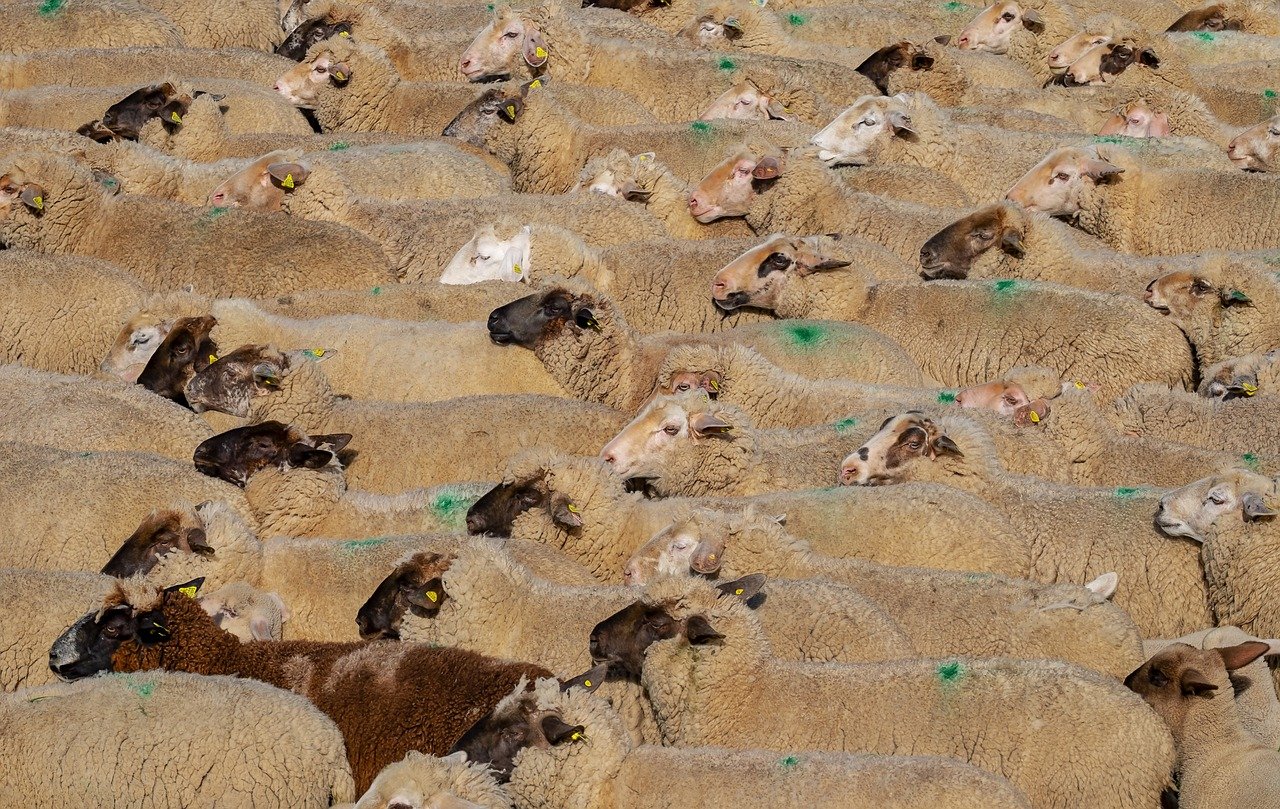
Recent innovations in livestock farming are helping to address some of the environmental challenges associated with cattle and sheep. Technologies such as precision agriculture, which uses data and sensors to optimize farming practices, can improve the efficiency of livestock production and reduce its environmental footprint. Genetic research is also being used to develop breeds of cattle and sheep that produce fewer emissions and are more resilient to environmental stressors. These advancements represent a promising path forward for the livestock industry, offering the potential to enhance productivity while reducing its impact on the land.
The Future of Livestock and Land Use
As the global population continues to grow, the demand for livestock products is expected to increase, raising important questions about the future of land use. Balancing the need for food production with the preservation of natural habitats will be a critical challenge. This requires not only technological innovations but also shifts in consumer behavior and agricultural policies. Encouraging the adoption of plant-based diets and supporting sustainable farming practices are essential components of this effort. By reimagining our relationship with livestock and the land, we can work towards a future that supports both human needs and the health of our planet.
Conclusion: The Legacy of Livestock on the Land
The legacy of livestock on the land is a testament to the complex interplay between human activity and the natural world. From the dawn of domestication to the challenges of modern agriculture, cattle and sheep have shaped our landscapes in profound ways. Understanding this history is crucial for addressing the environmental impacts of livestock and forging a sustainable path forward. By embracing innovative practices and fostering a deeper connection to the land, we can ensure that the story of livestock continues to be one of resilience and harmony with nature.

